1. Snakes Live a Long Time—Are You Ready for That?
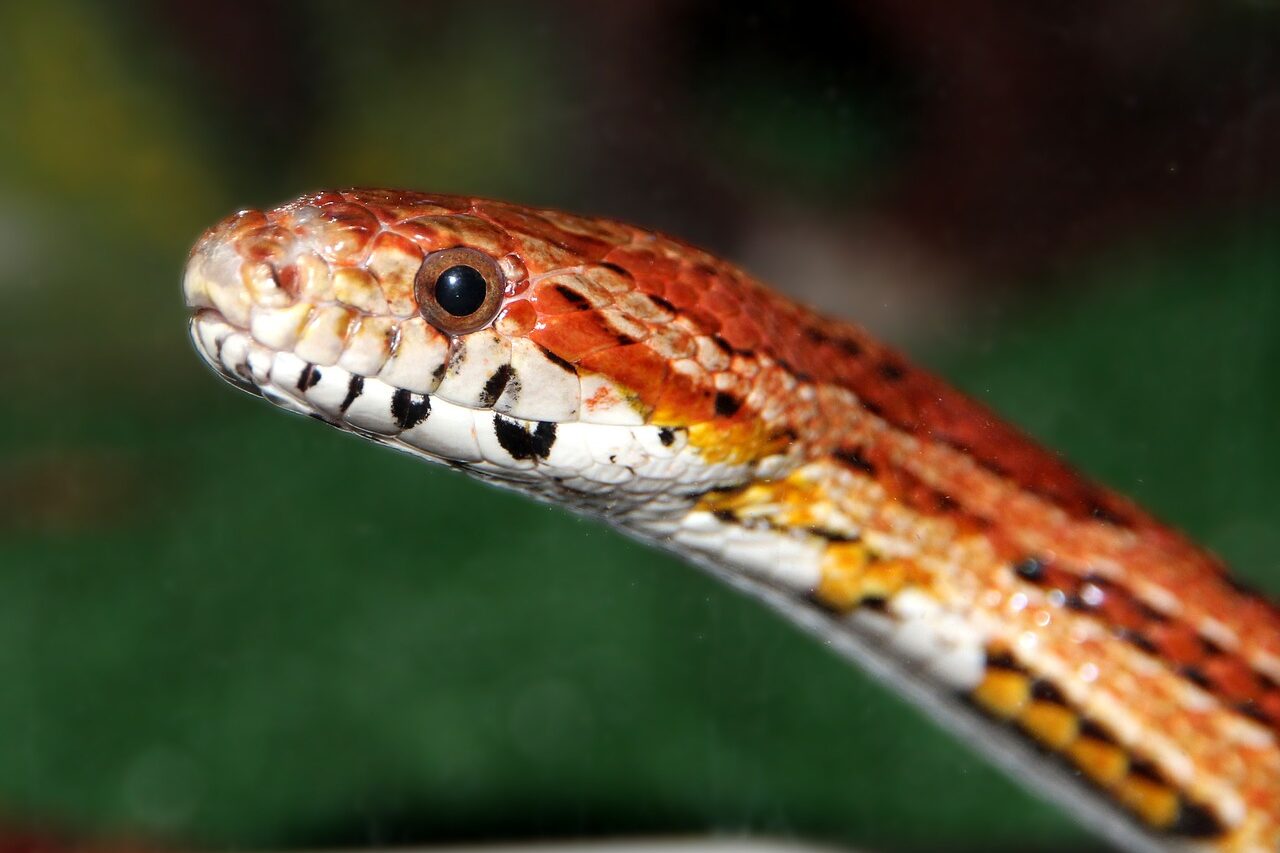
Getting a snake isn’t like adopting a goldfish that might last a week if you forget to feed it. Many pet snakes can live 15 to 30 years, meaning the one you pick today could still be around when your job, lifestyle, and entire outlook on life have changed. A snake is a long-term commitment, so before you dive in, consider whether you’re willing to provide proper care for the next few decades. If you’re someone who loves spontaneity and frequent moves, a snake may not be the best pet for you. The last thing you want is to realize ten years down the line that you’re stuck with a scaly roommate you no longer have time for.
Corn snakes are like the golden retrievers of the snake world—friendly, low-maintenance, and easy to care for. They thrive in simple enclosures, don’t have demanding humidity requirements, and rarely refuse food. Their manageable size, usually between 3 and 5 feet, makes them easy to handle and house. Plus, they come in a wide variety of colors and patterns, making them a beautiful addition to any reptile lover’s collection.
2. Not All Snakes Are Handleable—How Cuddly (or Not) Do You Want Yours?
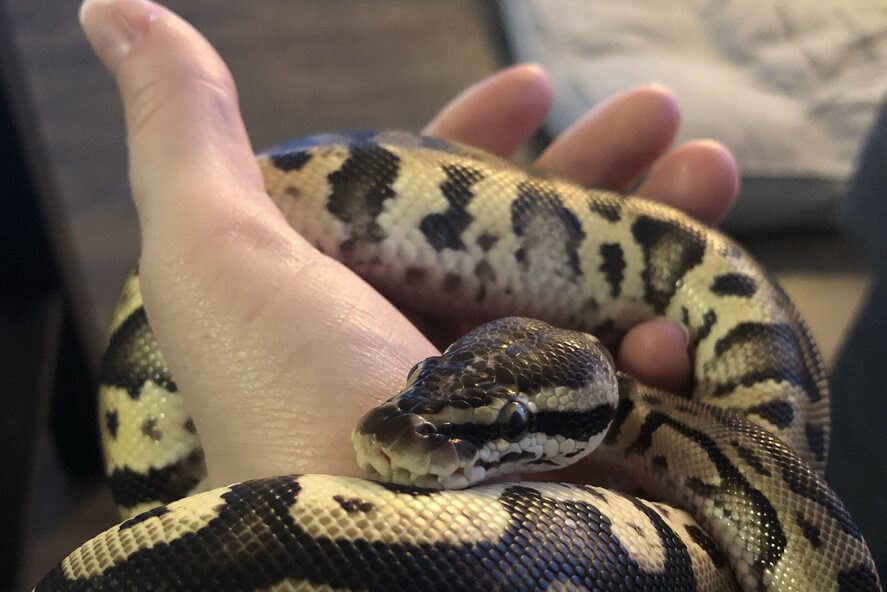
Okay, snakes aren’t exactly cuddly, but some are more tolerant of handling than others. If you’re looking for a pet that won’t squirm, stress out, or try to escape every time you pick it up, choosing a calm and docile species is essential. Some snakes naturally enjoy being handled, while others prefer to be left alone. It’s important to research temperament before committing so you don’t end up with a nervous reptile that resents interaction. Imagine expecting a chill, affectionate companion, only to find yourself with a hyper-alert, wriggling escape artist instead.
Ball pythons are called “ball” pythons for a reason—they curl up into an adorable little coil when they’re shy or nervous instead of getting aggressive. They are naturally slow-moving and prefer to gently explore their surroundings rather than make sudden, unpredictable movements. Their calm nature makes them ideal for first-time owners who want a pet that enjoys occasional handling. If you want a snake that won’t mind chilling on your arm while you binge-watch your favorite show, a ball python is a perfect choice.
3. Are You Okay with Feeding Your Snake Frozen Mice?
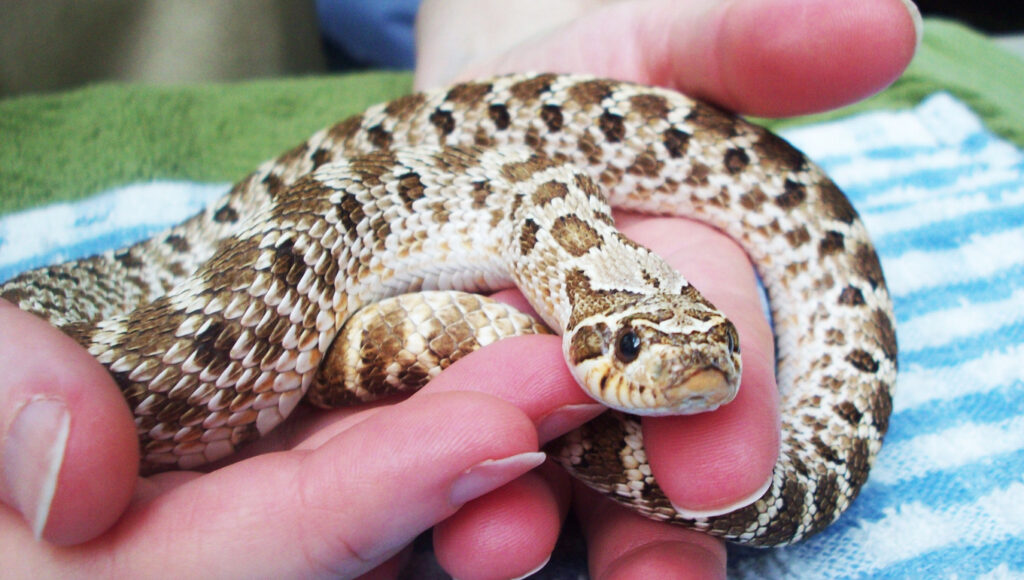
Let’s get real—owning a snake means you’ll need to feed it rodents. Most pet snakes eat frozen-thawed mice or rats, which means keeping a bag of them in your freezer like some kind of reptilian horror movie villain. If you’re squeamish about handling dead rodents or can’t stomach the idea of defrosting a mouse in warm water, a snake might not be the pet for you. Some species have very specific dietary needs, so always check what they eat before bringing one home. If the thought of tiny pinkies and fur-covered prey makes you gag, you might want to reconsider your pet choice.
Western hognose snakes are a fantastic choice for beginners who can handle the feeding part. They have quirky personalities, adorable upturned noses, and an exaggerated defensive display that makes them look tougher than they actually are. When threatened, they sometimes play dead, flipping onto their backs with their mouths open—it’s both dramatic and hilarious. If you can get past the idea of feeding frozen mice, a hognose snake will reward you with endless entertainment.
4. Snakes Need Special Homes—Can You Set Up the Right Environment?
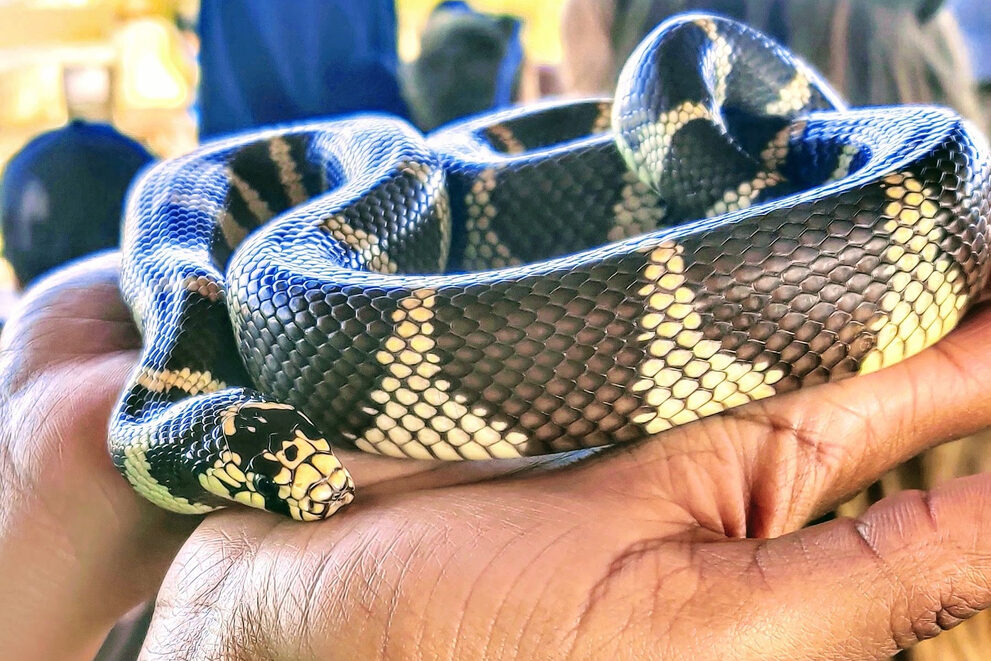
Your snake can’t just live in a shoebox under your bed. They need an enclosure with proper heating, humidity, and hiding spots to feel safe and thrive. Some species require high humidity, while others prefer a drier environment, so choosing a snake whose needs align with what you can provide is crucial. Incorrect habitat conditions can lead to stress, illness, or even death, so be prepared to invest in proper equipment. If you’re not ready to become a part-time HVAC specialist, you may want to reconsider.
California kingsnakes are hardy and adapt well to a range of conditions, making them a solid choice for first-time snake owners. They don’t have extreme temperature or humidity requirements, which means less stress for both you and your pet. However, they are notorious escape artists, so you’ll need a secure enclosure with tight-fitting lids and no gaps. If you want a beautiful, easy-to-care-for snake that won’t give you a headache over environmental needs, a California kingsnake is a great pick.
5. Do You Have the Time to Care for Your Snake?
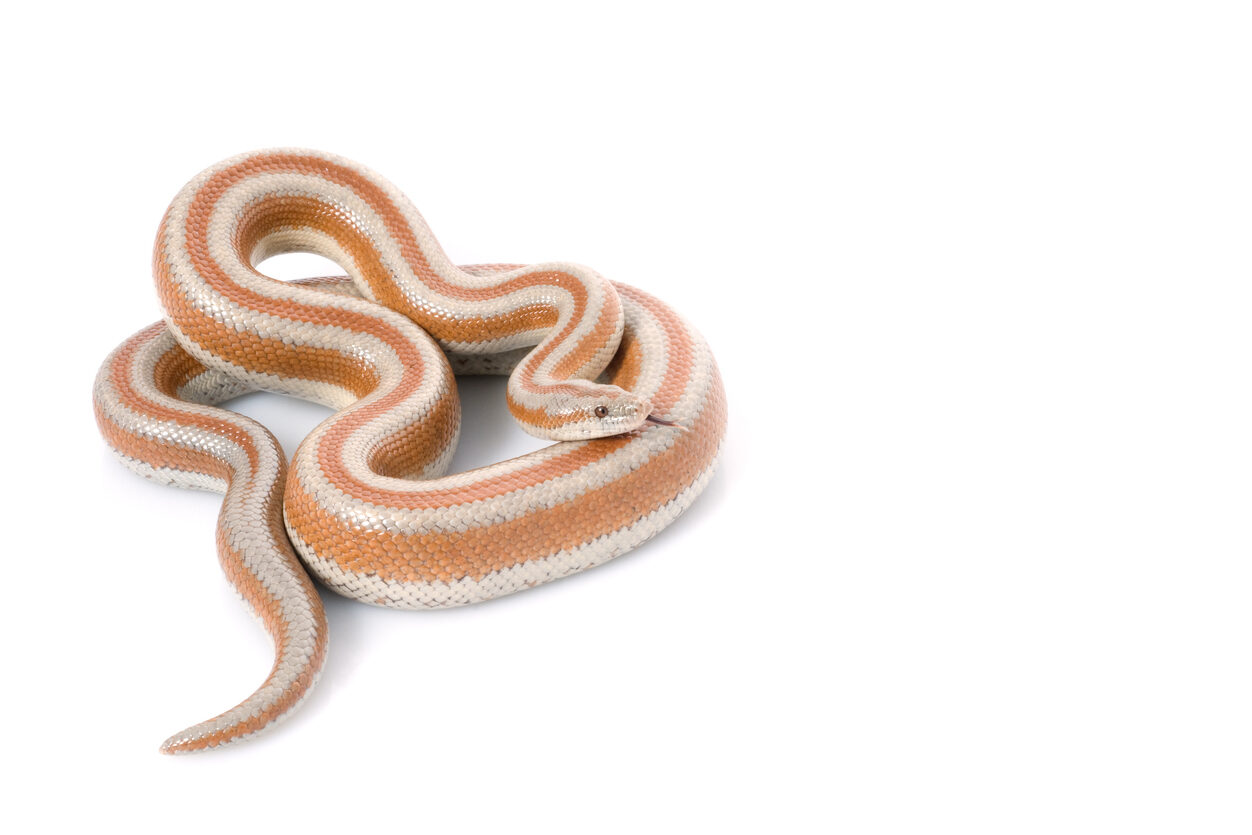
Caring for a snake is not a daily task, but it’s far from a hands-off hobby. While they don’t need constant attention, snakes require routine feedings, habitat maintenance, and occasional health checks. If you’re super busy or often away from home, you’ll need to think about how to ensure your snake gets proper care when you’re not around. Some species are more forgiving of occasional neglect, but others, especially those with specific dietary or habitat needs, can quickly get stressed. Snakes may not demand constant playtime, but they do require responsible ownership to stay healthy and thrive.
Rosy boas are relatively low-maintenance, making them ideal for owners with a busier lifestyle. They don’t require constant attention but thrive with the occasional meal and periodic cleaning of their enclosure. Their mild nature and manageable size—usually around 2-3 feet—make them a great fit for people who might not have the time or energy for a more high-maintenance snake. Plus, their slow-moving and gentle temperament makes handling them stress-free, even for beginners. If you’re looking for a snake that won’t mind hanging out quietly while you tackle other responsibilities, a rosy boa could be your perfect match.
6. Are You Prepared for Snake Behavior?
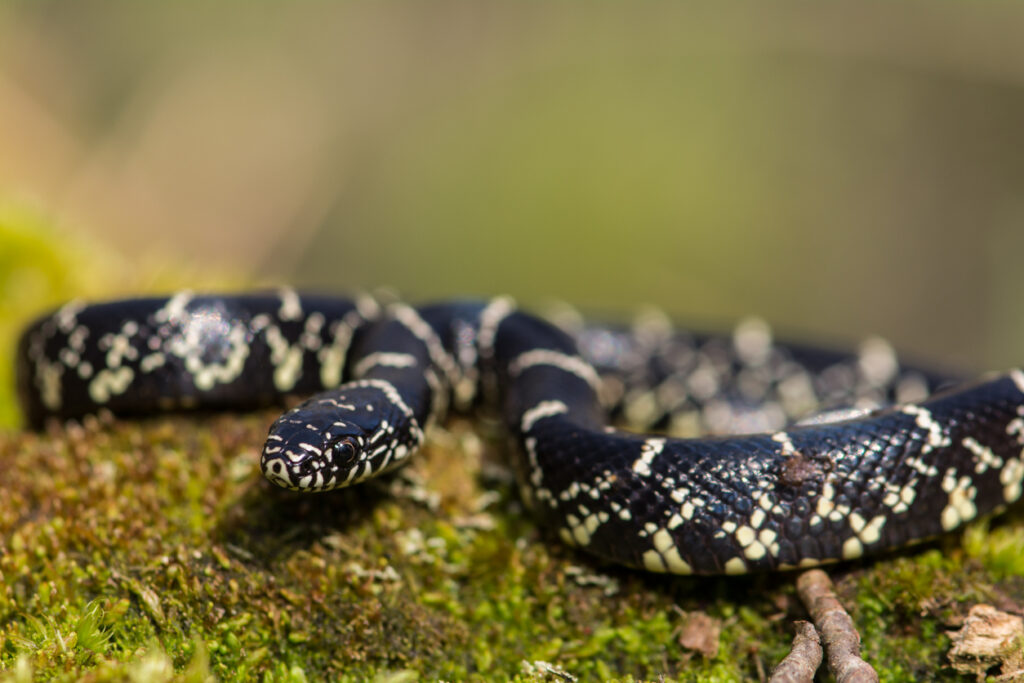
Snakes don’t exactly show affection the way dogs do, but that doesn’t mean they don’t have personalities. It’s important to understand that some snakes are more active or curious, while others are more passive and sedentary. Knowing how a snake reacts to certain situations will help you avoid unnecessary stress or injuries. Be prepared to handle your snake carefully, and always respect its space. A snake’s body language might not be as obvious as a cat’s or dog’s, but learning to read it will make your bond much smoother.
The king snake is known for its inquisitive nature. While they’re generally friendly and easy to handle, they love to explore, sometimes even escaping their enclosures to investigate every nook and cranny. Their curiosity makes them a fascinating pet, but it also means you’ll need to make sure their habitat is securely locked. They are also known for their strong feeding response, so always approach handling with clean hands to avoid confusion. If you want a snake that’s eager to interact (in its own way), a king snake might keep you entertained for hours with its explorations.
7. Do You Have the Right Budget for a Snake?
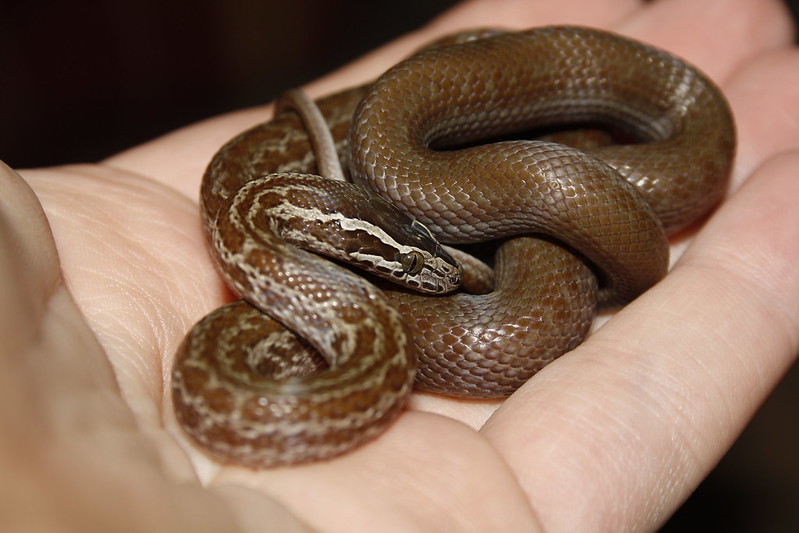
You might have the perfect snake species picked out in your mind, but before you dive into pet ownership, it’s crucial to budget for the entire setup. A snake’s enclosure, heating equipment, humidity control, food, and occasional vet visits can add up. While snakes are relatively low-cost compared to other pets, they’re not entirely inexpensive. The upfront costs might surprise you, so be sure to plan ahead. It’s easy to focus on just the price of the snake itself, but the true investment lies in making sure it has everything it needs to live a comfortable, healthy life.
The house snake is an excellent choice for those who don’t want to break the bank. They’re affordable to purchase, easy to care for, and don’t require an elaborate setup, making them a budget-friendly option for beginners. Their small size means they don’t need a massive enclosure, and their straightforward diet of frozen-thawed rodents keeps feeding costs low. While they still require proper heating and humidity, their hardiness makes them less demanding than many other species. If you’re looking for a low-cost, low-maintenance snake that’s perfect for first-time owners, the house snake is a great pick.
8. Are You Comfortable Feeding Frozen (or Live) Prey?
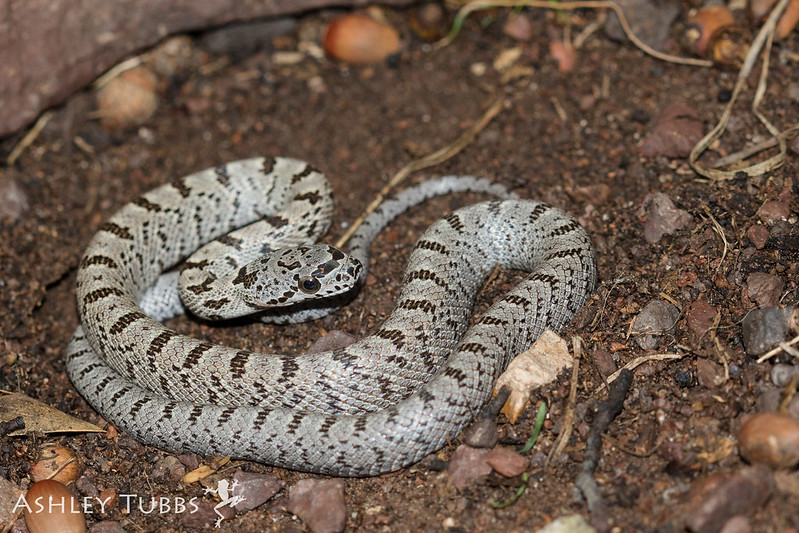
Snakes aren’t picky eaters, but their meals can be unsettling for some owners. Depending on the species, you’ll need to feed them frozen or live rodents, and if the thought of handling dead mice makes you queasy, you might need to reconsider. While many pet snakes thrive on frozen-thawed prey, some will only eat live meals, which means you’ll have to deal with the ethical and logistical aspects of feeding. If you flinch at the thought of keeping a stash of frozen mice in your freezer, you might need to rethink your choice of pet. Feeding time can be fascinating, but it’s definitely not for the faint of heart.
Baird’s rat snakes are an excellent choice for beginners because they have a strong feeding response and readily accept frozen-thawed rodents. They’re not picky eaters, which makes mealtime stress-free and ensures they stay healthy with minimal fuss. Their calm temperament also means they rarely strike defensively, making them easier to handle even for nervous owners. Since they thrive on a consistent diet of appropriately sized rodents, you won’t have to worry about unpredictable eating habits. If you’re looking for a hardy, low-maintenance snake with a striking appearance, a Baird’s rat snake is a fantastic choice.
9. Can You Handle a Snake That Might Go Off Food?
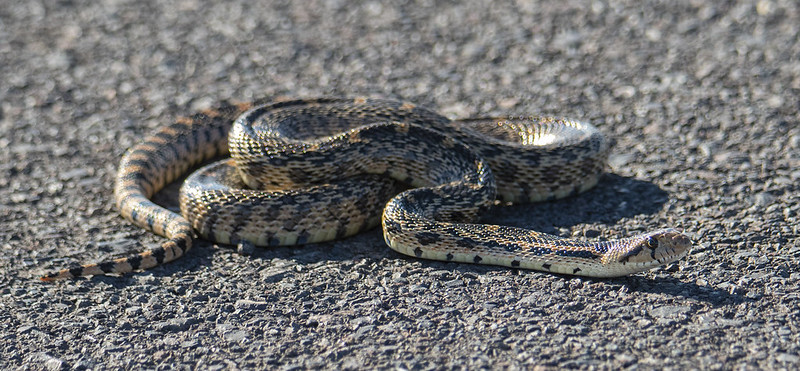
Snakes have a frustrating habit—sometimes, they randomly decide to stop eating. While most will eat consistently, others might go weeks or even months without touching their food. This can be nerve-wracking for new owners who worry something is wrong, but it’s often a natural part of their behavior. Seasonal fasting, stress, and even a simple change in routine can cause a snake to refuse meals. If you’re the type to panic over skipped dinners, you’ll need to prepare yourself for occasional hunger strikes. Learning patience is key when owning a snake.
Gopher snakes are a great beginner species, but they are known for their occasional feisty behavior when threatened. The good news is that with regular handling, they quickly become docile and easygoing. Their curious nature and active personality make them fascinating to watch as they explore their enclosure. While they may hiss or mimic a rattlesnake when startled, they’re non-venomous and generally easy to care for. If you want an engaging pet that’s full of personality, a gopher snake will keep things interesting.
10. How Do You Feel About a Long-Term Commitment?
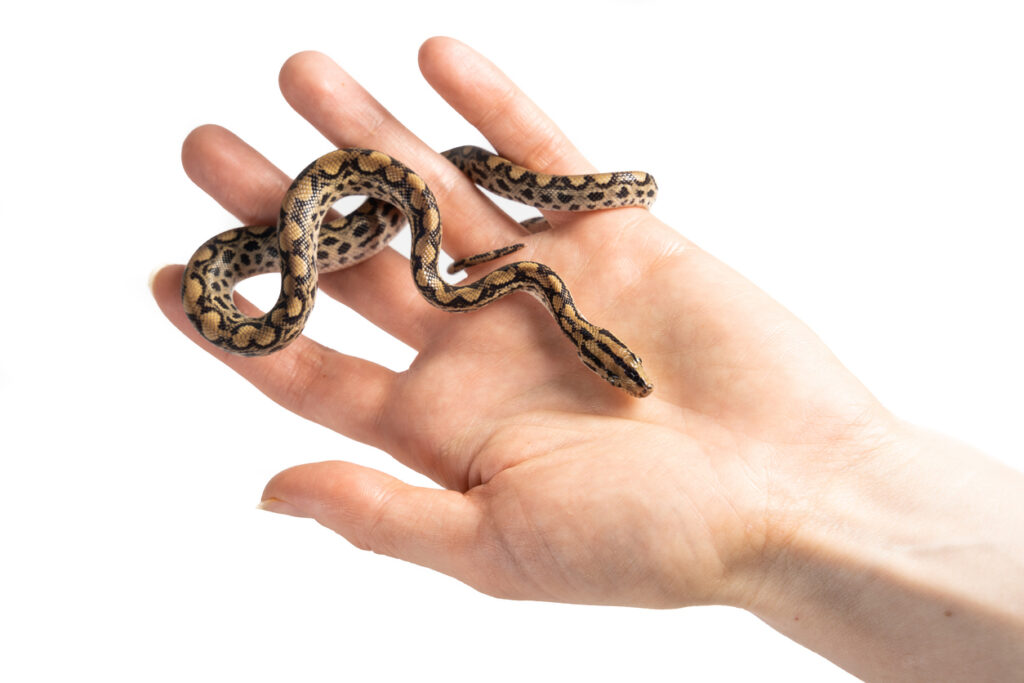
A snake isn’t a short-term pet—it’s a long-term commitment that can last decades. Many species live 15-20 years, with some even reaching 30 years or more. That means the snake you buy in your 20s might still be with you when you’re settling down in your 40s. If you’re not ready for that kind of responsibility, a snake might not be the best pet for you. It’s not like adopting a hamster that only lives a few years—this is a serious, long-term relationship. Owning a snake means being prepared for a lifelong companion that will depend on you for care, no matter what life throws your way.
Children’s pythons are a fantastic beginner-friendly choice, especially for those who want a manageable-sized snake with a long lifespan—typically 20 to 30 years with proper care. They’re gentle, easy to handle, and adapt well to captivity, making them an excellent option for first-time snake owners. Their care requirements are straightforward, and they don’t grow too large, usually reaching only 3 to 4 feet in length. If you want a small, hardy, and low-maintenance pet that will be with you for decades, a Children’s python is a great choice.
11. Do You Want a Snake That’s More Active or Relaxed?
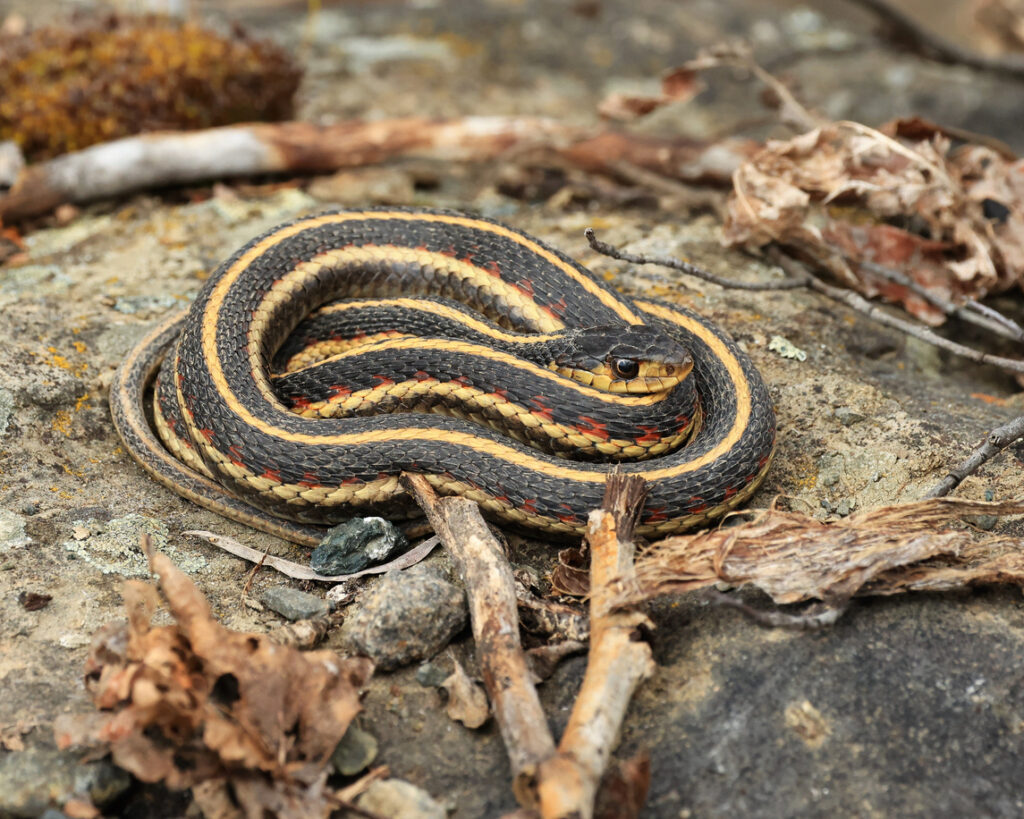
Some snakes are content to lounge around all day, while others love to explore every inch of their enclosure. Choosing between an active or more laid-back species is important if you want a pet that matches your lifestyle. If you prefer an interactive, curious snake, you’ll want one that enjoys being out and about. But if you’d rather have a low-key companion that won’t demand much movement, a more relaxed species is better. There’s no right or wrong choice—just one that suits you best.
Garter snakes are an active, lively option for those who want a snake that will always keep them entertained. They love to slither around their enclosures, explore new environments, and generally stay on the move. Unlike more stationary species, garter snakes tend to be more inquisitive and alert, which makes them fun to watch. They’re also social by snake standards, meaning they tolerate handling well. If you want a pet that doesn’t just sit in one spot all day, a garter snake is a fantastic choice.
12. Are You Ready for the Adventure of Owning a Snake?
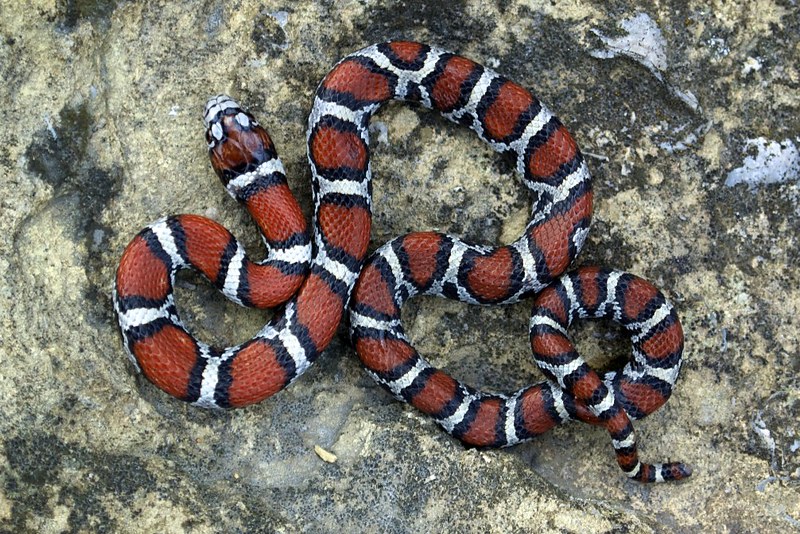
Bringing a snake into your home is more than just picking a pretty reptile—it’s stepping into a whole new world of fascinating, misunderstood creatures. Snakes challenge you to think differently about what a pet can be. They may not wag their tails or purr when they’re happy, but they offer a unique and rewarding companionship for those willing to understand them. Once you get past the initial learning curve, keeping a snake can be one of the most fulfilling experiences. If you’re ready for an adventure, there’s no better time to start than now.
Milk snakes are an excellent final recommendation for anyone excited to dive into snake ownership. They’re vibrant, easy to care for, and have a friendly nature that makes them great for beginners. Their striking colors and bold patterns make them one of the most visually stunning pet snakes. They also have a strong feeding response, so you won’t have to worry about finicky eating habits. If you’re ready to embrace all the quirks and joys of snake ownership, a milk snake is a beautiful place to start.


